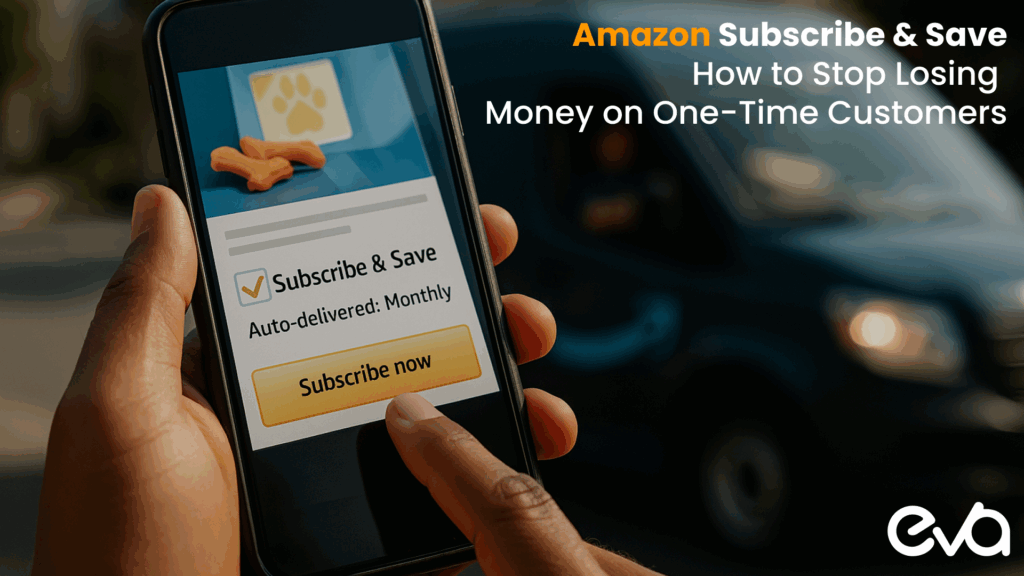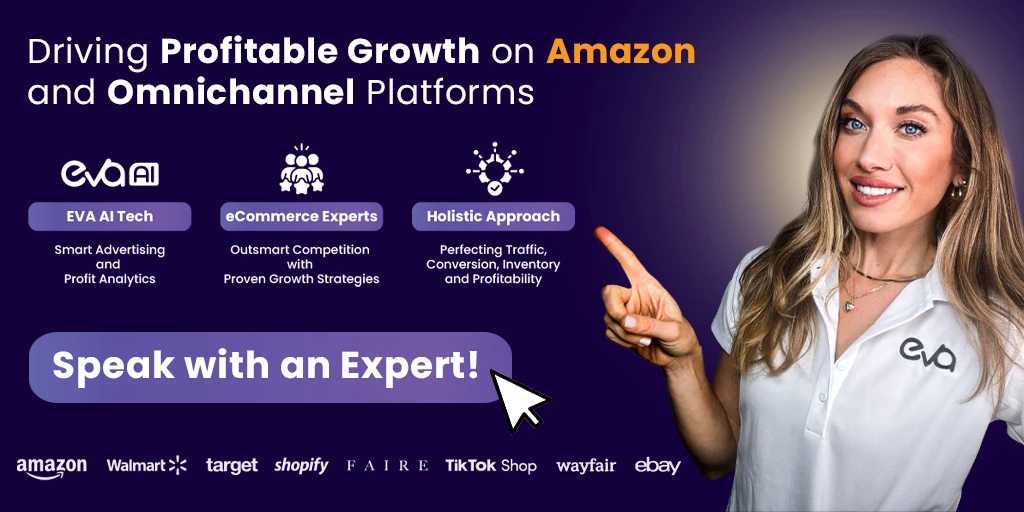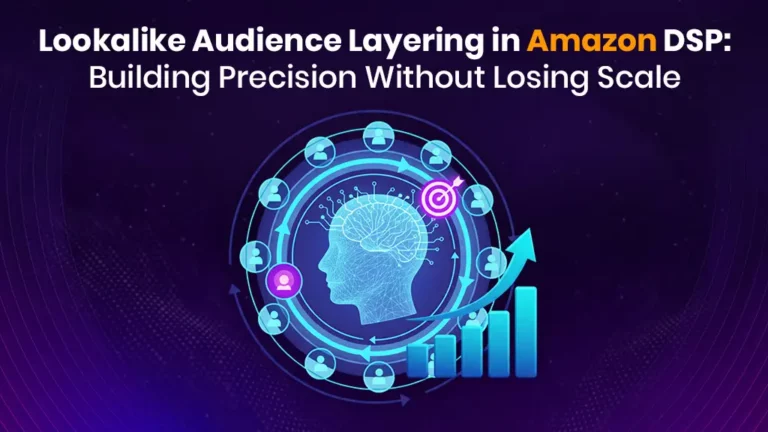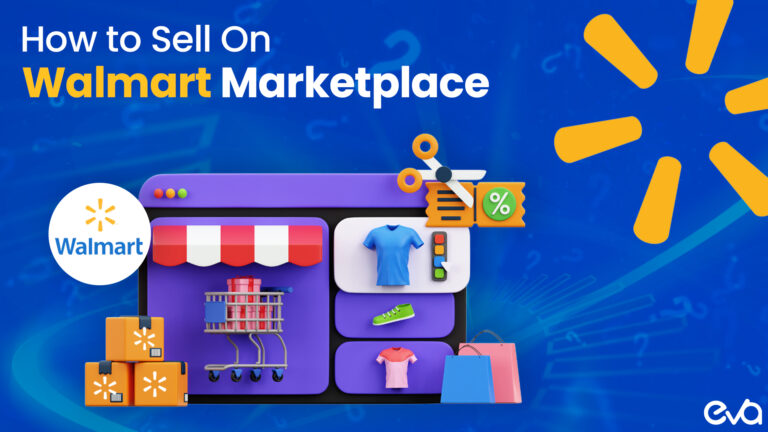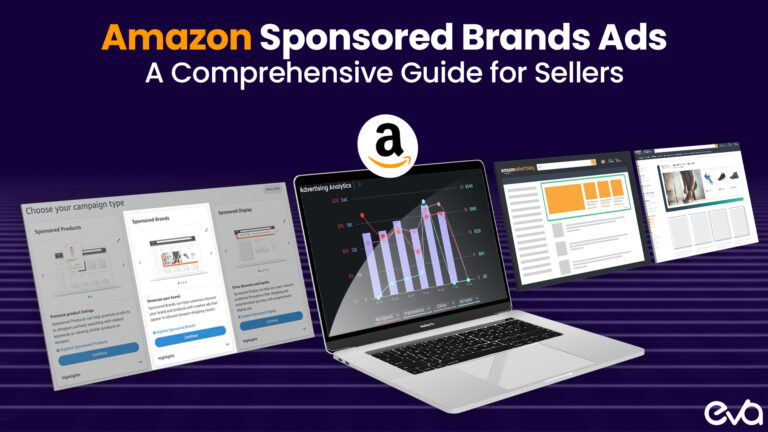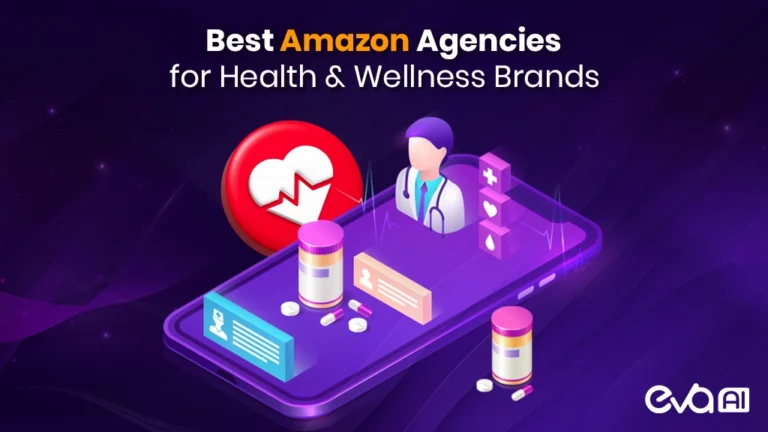Amazon’s Subscribe & Save program generates over $1 billion in annual savings for customers while creating predictable revenue streams for brands. Most companies treat subscription advertising like one-time purchase campaigns – missing the fundamental shift required to optimize for customer lifetime value instead of immediate conversions.
Bottom Line: Brands mastering subscription advertising see stronger customer retention, improved inventory planning, and revenue predictability that enables more aggressive growth investments. The key lies in understanding that acquiring a subscriber differs dramatically from acquiring a customer.
Table of Contents
- The Subscription Revenue Opportunity
- Understanding the Subscription Customer Journey
- Advertising Strategy Framework for Subscriptions
- Measurement and Attribution for Subscription Success
- Advanced Targeting and Audience Strategies
- Retention and Growth Strategies
- Implementation Roadmap
- Key Performance Indicators Dashboard
- Common Implementation Challenges and Solutions
- Frequently Asked Questions
- Key Takeaways and Next Steps
The Subscription Revenue Opportunity
Consumer behavior has shifted toward convenience and predictability. Amazon’s Subscribe & Save program capitalizes on this trend by offering automated deliveries at discounted prices – currently 5-15% off regular prices, with additional Amazon-funded discounts for multiple subscriptions.
For those advertising on Amazon, subscription revenue provides several competitive advantages. Customer acquisition costs can be higher because subscription customers typically generate more revenue over time. Inventory planning becomes more accurate with predictable order patterns. Cash flow smooths out as recurring revenue reduces dependence on seasonal spikes.
How Subscribe & Save Creates Value
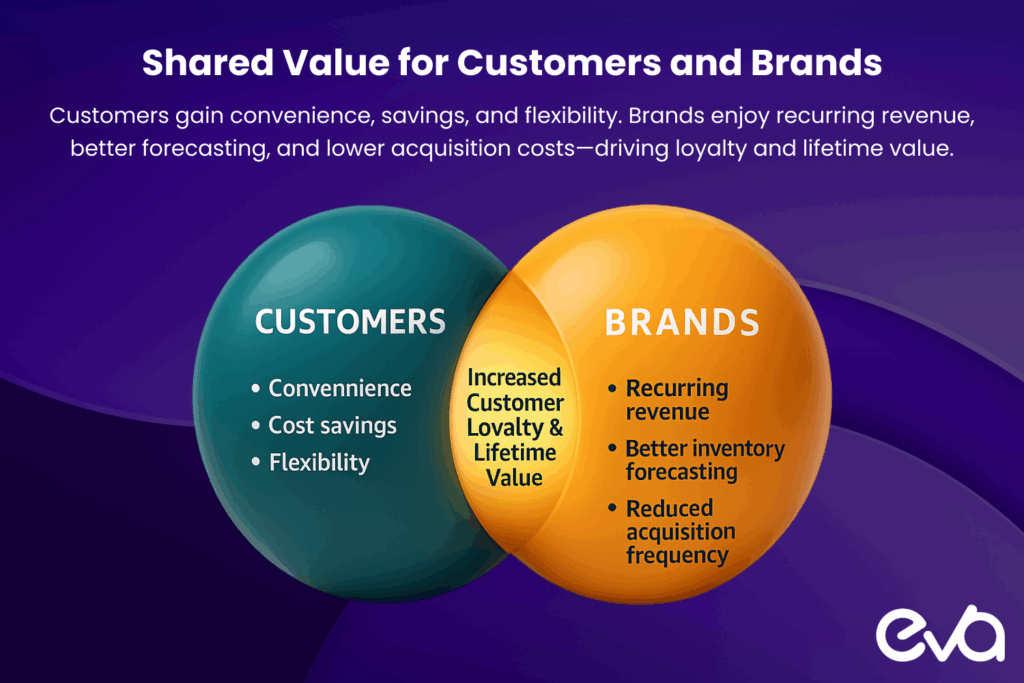
Amazon’s program allows customers to schedule regular deliveries from monthly to every six months. Customers receive 5% discounts on individual subscriptions, with Amazon funding an additional 5% discount when they order five or more items in a single delivery.
For Customers: Convenience, cost savings, and flexibility to modify or cancel anytime.
For Brands: Recurring revenue relationships, better inventory forecasting, and reduced customer acquisition frequency.
For Amazon: Increased customer loyalty and higher lifetime value through recurring transactions.
Understanding the Subscription Customer Journey
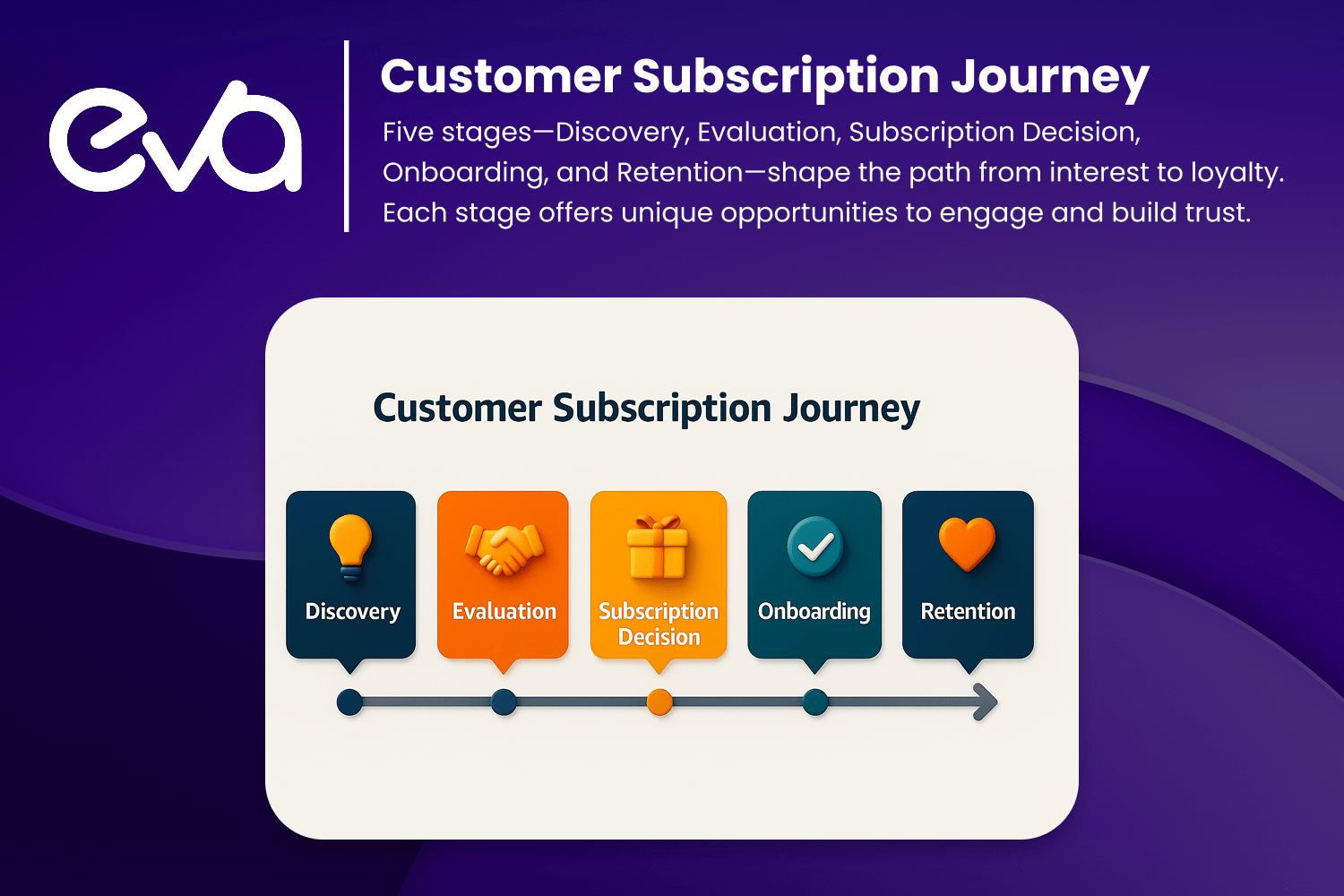
Subscription customers move through a different decision-making process than one-time buyers. In our experience managing over $1.6 billion in ad spend, we’ve identified five distinct phases that require different advertising approaches.
Discovery to Decision: The Extended Timeline
Discovery Phase: Customers learn about your brand through advertising, recommendations, or organic search. Unlike one-time purchases, subscription consideration often involves multiple research sessions.
Evaluation Phase: Potential subscribers research product quality, read reviews, and compare subscription terms. Trust signals become critical – customers need confidence in both product quality and your reliability as a subscription provider.
Subscription Decision: The conversion moment requires clear value communication. Customers must understand savings, delivery flexibility, and cancellation ease before committing to recurring purchases.
Onboarding Experience: First delivery satisfaction determines long-term retention. Poor initial experiences lead to immediate cancellations, wasting acquisition investment.
Retention Phase: Ongoing engagement determines subscription lifetime. Proactive communication, consistent quality, and responsive customer service prevent churn.
Advertising Strategy Framework for Subscriptions
Campaign Types That Drive Subscription Growth
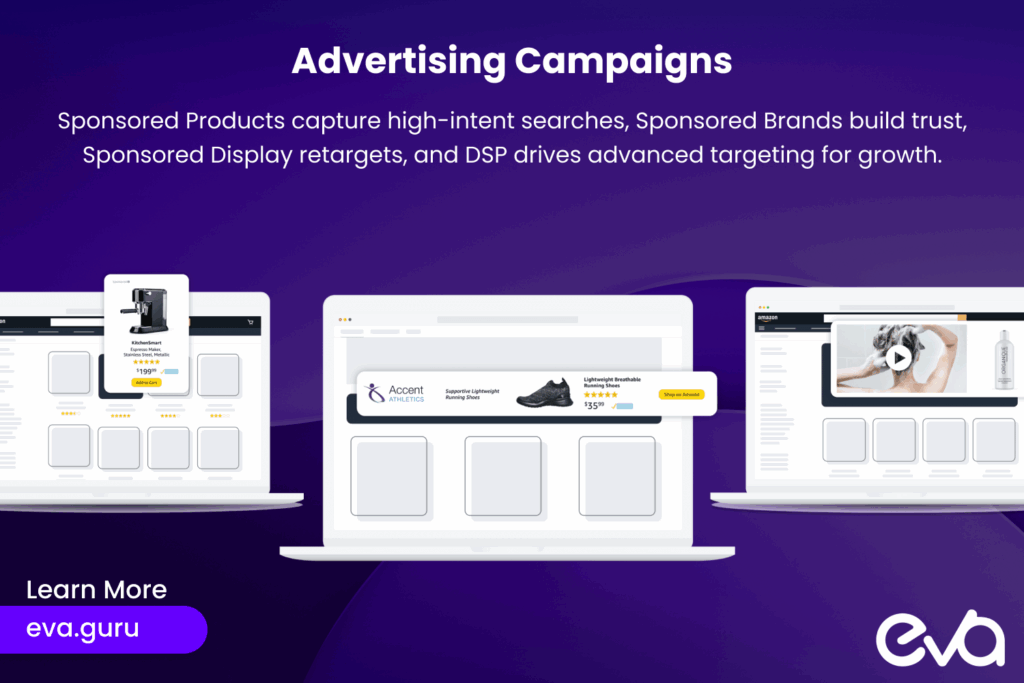
Sponsored Products for Category Capture Target high-intent keywords related to your product category, emphasizing subscription convenience in your listings. Focus on terms indicating repeat purchase intent—”monthly supply,” “auto-delivery,” “subscription.”
Example: A vitamin brand targeting “monthly vitamin delivery” sees higher subscription conversion rates than generic “vitamin supplements” campaigns.
Sponsored Brands for Trust Building Use brand campaigns to establish credibility and communicate subscription value propositions. Custom headlines should address common subscription concerns while highlighting convenience benefits.
Sponsored Display for Lifecycle Marketing Create different retargeting approaches for each customer segment:
- Visitors who viewed but didn’t purchase: Address subscription anxiety
- One-time purchasers: Encourage subscription upgrade
- Cancelled subscribers: Win-back with improved terms
Amazon DSP for Advanced Targeting Leverage Amazon’s customer data to identify high-probability subscription candidates based on purchase patterns, category engagement, and existing subscription behavior.
Messaging Strategies That Convert
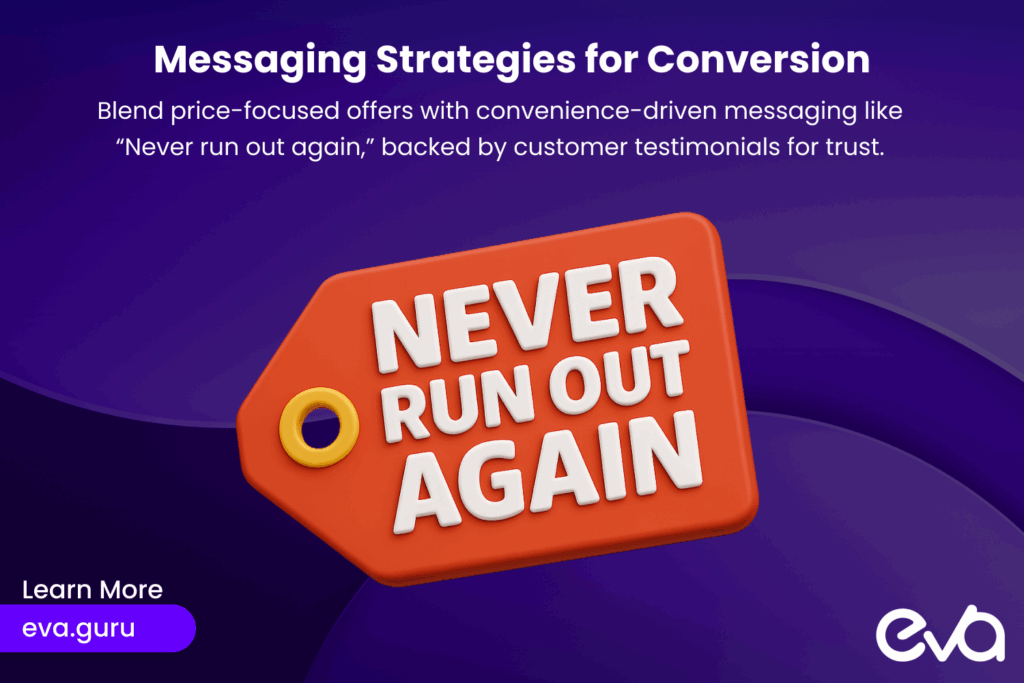
Quantify Annual Savings Instead of “15% off each delivery,” communicate “$48 saved per year.” Concrete dollar amounts resonate more than percentages.
Emphasize Convenience Over Discounts Messages like “Never run out again” and “Delivered automatically” often outperform price-focused copy. Busy professionals value time savings over marginal discounts.
Address Subscription Anxiety Directly Prominently feature cancellation ease, delivery modification options, and skip capabilities. Subscription hesitation often stems from commitment concerns.
Use Social Proof Strategically Incorporate customer reviews that specifically mention subscription satisfaction: “Love getting these delivered monthly – one less thing to remember.”
Measurement and Attribution for Subscription Success
Beyond Traditional Amazon Metrics
Standard Amazon advertising focuses on immediate conversions and ACoS. Subscription advertising requires longer-term thinking and different success metrics.
Customer Acquisition Cost (CAC) for Subscribers Calculate total advertising spend to acquire subscription customers specifically, not one-time buyers. Higher initial CAC becomes profitable when customers subscribe for multiple months.
Lifetime Value to CAC Ratio Target 3:1 ratios or higher for sustainable subscription acquisition. This ratio justifies higher initial advertising investments compared to one-time purchase campaigns.
Subscription Conversion Rate Monitor what percentage of advertising-driven traffic chooses subscription vs. one-time purchase options. Rates vary by category but provide crucial optimization insights.
Average Subscription Duration Track how long customers maintain subscriptions before canceling. This metric directly impacts LTV calculations and advertising ROI projections.
Implementing Extended Attribution Models

Subscription decisions take longer than one-time purchases. Standard 14-day attribution windows miss the extended consideration period typical for subscription commitments.
30-90 Day Attribution Windows Use longer windows to capture the full decision timeline. A customer might see your ad, research for weeks, then subscribe – standard attribution misses this connection.
Amazon Marketing Cloud Integration Leverage AMC to track subscription customer journeys across multiple touchpoints. Optimize for subscription conversion rather than just product purchase.
Revenue Attribution Strategy Attribute ongoing subscription revenue back to the original advertising campaigns that acquired subscribers. This provides accurate campaign ROI over time.
Advanced Targeting and Audience Strategies
Identifying High-Probability Subscribers
Repeat Purchase Behavior Target customers who have purchased your products – or similar products – multiple times. Purchase frequency indicates natural subscription candidates.
Category Subscription Activity Focus on customers already subscribing to products in complementary categories. They’ve demonstrated comfort with the subscription model.
Lifestyle and Demographic Targeting Use Amazon’s rich customer data to reach audiences whose lifestyles align with subscription convenience – busy professionals, parents, health-conscious consumers.
DSP and AMC Audience Development
Purchase Pattern Analysis Identify customers whose buying patterns suggest they would benefit from automatic delivery based on natural replenishment cycles.
Cross-Category Subscription Modeling Target customers subscribing to products in related categories – they’ve shown subscription adoption across multiple areas.
Lookalike Modeling Create audiences based on your highest-value subscribers to find similar customers likely to subscribe and maintain longer relationships.
Retention and Growth Strategies
Subscription Lifecycle Campaigns
New Subscriber Onboarding Use Sponsored Display to reach recent subscribers with welcome messaging, usage tips, and complementary product recommendations.
Engagement Maintenance Target active subscribers with campaigns promoting delivery optimization, quantity adjustments, or additional subscription options.
Churn Prevention Identify subscribers showing disengagement signals (delayed deliveries, customer service contacts) and target them with retention-focused messaging.
Win-Back and Expansion Opportunities
Cancelled Subscriber Re-engagement Create campaigns addressing common cancellation reasons – delivery frequency issues, price sensitivity, or product satisfaction concerns.
Cross-Sell to Existing Subscribers Target current subscribers with complementary products that naturally pair with their existing subscriptions.
Premium Upgrade Campaigns Encourage subscribers of basic products to upgrade to premium alternatives offering enhanced benefits or convenience.
Implementation Roadmap
Phase 1: Foundation (Month 1)
Eligibility and Setup
- Verify product eligibility for Subscribe & Save program
- Ensure inventory management systems support subscription forecasting
- Configure Amazon Attribution with extended windows for subscription tracking
- Create baseline measurement dashboard
Initial Campaign Launch
- Launch Sponsored Products campaigns targeting subscription-friendly keywords
- Implement subscription-specific landing page optimization
- Begin collecting baseline subscription conversion data
Phase 2: Expansion (Months 2-3)
Advanced Campaign Types
- Expand to Sponsored Brands with subscription-focused messaging
- Implement DSP retargeting for subscription consideration audiences
- Begin cohort analysis and lifetime value tracking
Audience Development
- Create custom audiences based on purchase behavior patterns
- Develop lookalike audiences from early subscribers
- Implement lifecycle-based campaign segmentation
Phase 3: Optimization (Months 4+)
Data-Driven Refinement
- Develop sophisticated audience segments based on subscription behavior data
- Implement automated bid adjustments based on lifetime value data
- Launch retention and cross-sell campaigns for existing subscribers
Performance Analysis
- Calculate true subscription ROI including lifetime value
- Identify highest-performing creative and messaging approaches
- Optimize attribution models based on actual subscription behavior
Key Performance Indicators Dashboard
Essential Subscription Metrics
Acquisition Metrics
- Subscription conversion rate by traffic source
- Customer acquisition cost for subscribers vs. one-time buyers
- Attribution timeline analysis for subscription decisions
Retention and Value Metrics
- Average subscription duration by acquisition campaign
- Monthly recurring revenue growth by customer cohort
- Churn rate analysis with reason identification
Profitability Analysis
- Lifetime value calculation including cross-sell revenue
- Subscription ROI compared to one-time purchase campaigns
- Profit margin impact of subscription discounts
Calculating Subscription ROI
Basic LTV Framework Monthly subscription revenue × average subscription duration + cross-sell revenue – product costs – fulfillment expenses = net customer lifetime value
Attribution Model Connect ongoing subscription revenue to original acquisition campaigns for accurate ROI calculation over time.
Common Implementation Challenges and Solutions
Inventory Management Complexity
Challenge: Subscription demand forecasting differs from one-time purchase patterns.
Solution: Use subscription data for more accurate demand planning. Stock levels become more predictable with recurring orders.
Customer Service Requirements
Challenge: Subscription customers require different support – delivery modifications, billing questions, cancellation requests.
Solution: Train customer service teams on subscription-specific processes. Create clear communication about delivery schedules and modification options.
Competitive Pressure
Challenge: Competitors may undercut subscription pricing or offer better terms.
Solution: Focus on service quality and convenience rather than just price competition. Build brand loyalty through consistent delivery and product quality.
Frequently Asked Questions
Subscription advertising typically requires 20-30% higher initial budgets due to longer consideration periods and higher acceptable CAC. However, the lifetime value justifies this investment.
Conversion rates vary by category, but successful brands typically see 10-25% of advertising-driven traffic choose subscription options when properly optimized.
Adjust messaging for seasonal needs while maintaining core convenience positioning. Back-to-school, holidays, and New Year resolutions create natural subscription adoption periods.
Test additional seller-funded discounts carefully. Higher discounts can improve conversion rates but impact profit margins. Monitor LTV:CAC ratios to ensure profitability.
Focus on customer education about subscription benefits rather than aggressive promotion. Many customers prefer one-time purchases, and both models can coexist profitably.
Key Takeaways and Next Steps
Amazon Subscribe & Save advertising requires a fundamental approach shift from transaction-focused to relationship-focused marketing. Success comes from understanding customer lifetime value, implementing appropriate attribution models, and developing messaging that addresses subscription-specific motivations and concerns.
The brands winning in subscription aren’t just selling convenience – they’re building reliable partnerships with customers who value predictability and service quality. They understand that acquiring a subscriber costs more initially but generates significantly more value over time.
Immediate Action Items:
- Audit current product eligibility for Subscribe & Save
- Set up extended attribution tracking for subscription campaigns
- Create subscription-specific landing pages and messaging
- Begin testing subscription-focused advertising campaigns
- Implement lifetime value tracking and analysis
The subscription economy continues expanding as customers prioritize convenience and brands seek predictable revenue. Companies that develop sophisticated subscription advertising strategies today will have significant competitive advantages as this model becomes standard across more product categories.
Ready to transform one-time customers into recurring revenue streams? Eva’s AI-powered platform specializes in subscription product advertising, automatically optimizing campaigns for lifetime value rather than single conversions.
Our experience managing over $1.6 billion in ad spend has taught us how subscription advertising differs from traditional campaigns. Schedule a consultation to discover how subscription-focused advertising can transform your Amazon business.

